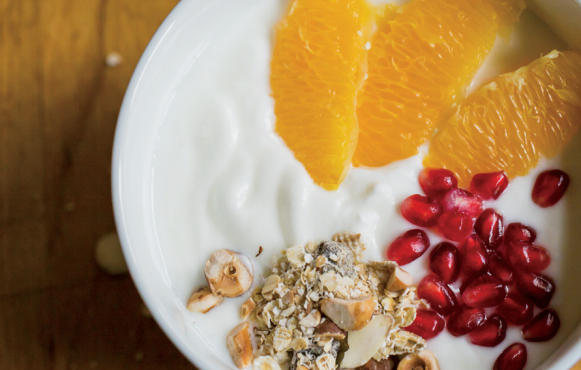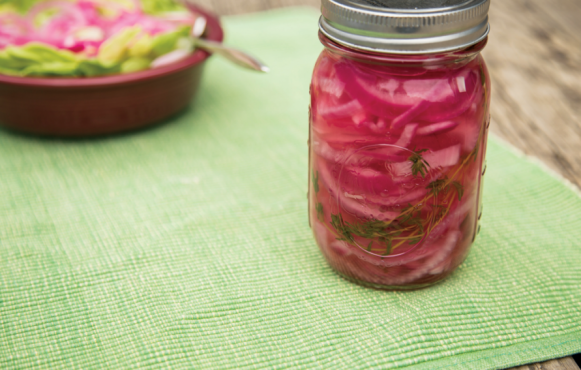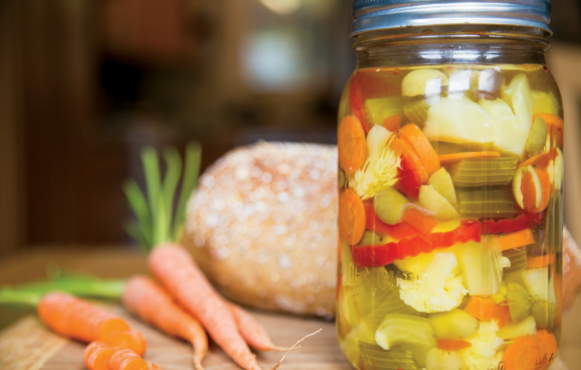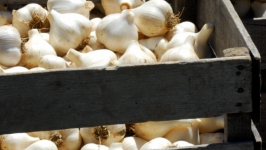All About Fermenting & Pickling

Discover the difference between these two food preservation methods with recipes to try
Some fermented foods are pickled, and some pickles are fermented foods. Also, there are pickles that are not fermented and fermented foods that aren’t pickled at all. Confused? Here is the rundown:
A pickle is a food that is preserved in a brine or acid that kills the bacteria that would cause spoiling. Cucumbers, onions, green beans and radishes are some of the vegetables most commonly made into pickles.
A fermented food is also preserved in brine, but is exposed to natural bacteria, which create lactic acid for preservation and healthy probiotics. Kimchi—a salted and fermented vegetable—is the best example.
Other fermented foods with health benefits are yogurt, kombucha and sourdough bread, although no acid is used in the preservation process.
Pickling and fermenting are some of the oldest methods of preserving foods. Preserving the bounty is still important today, although pickled and fermented foods are prized for much more than survival.
Multiple health benefits, easy-to-digest nutrients and complex flavors are what drive the passion and consumption of these tasty eats.










